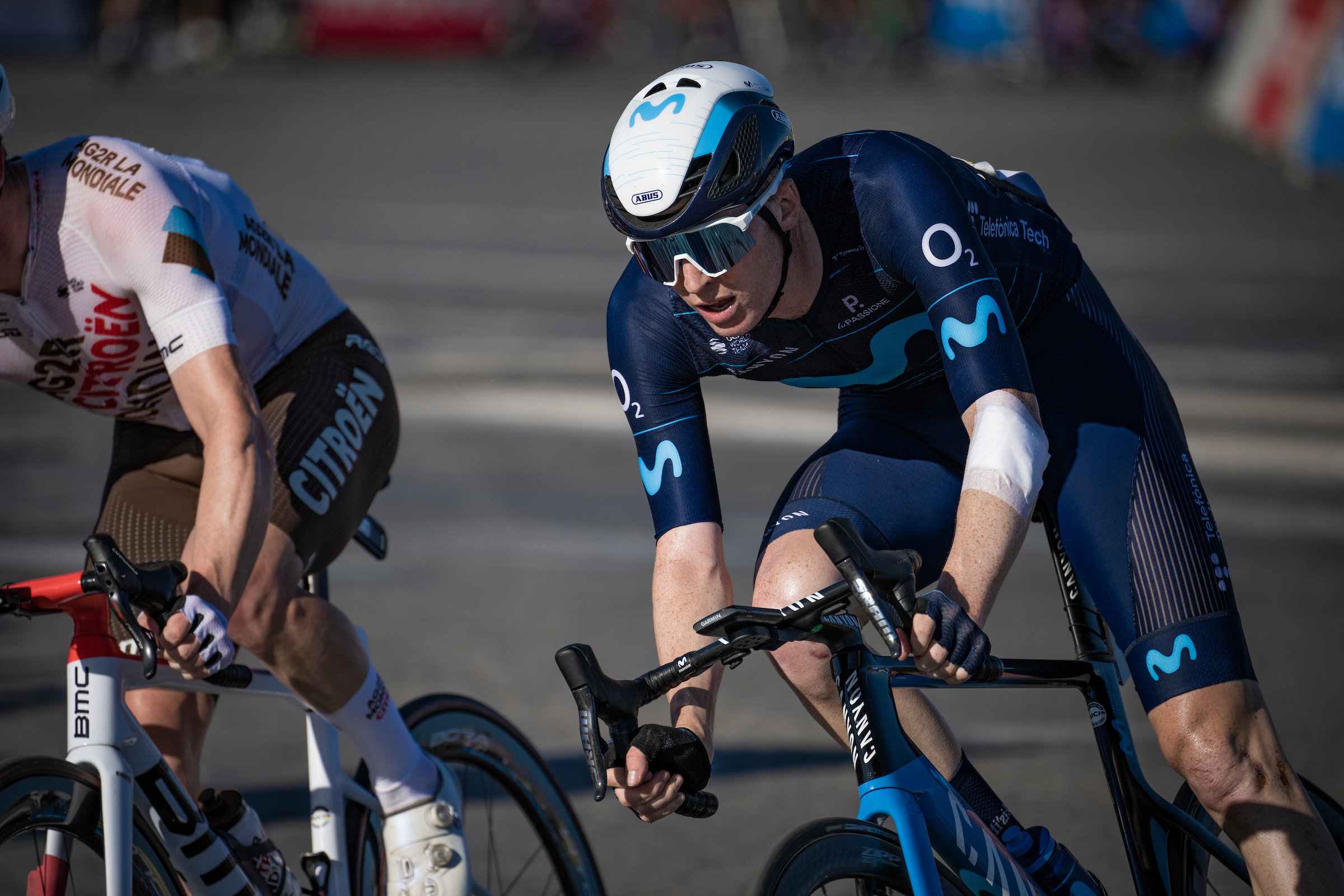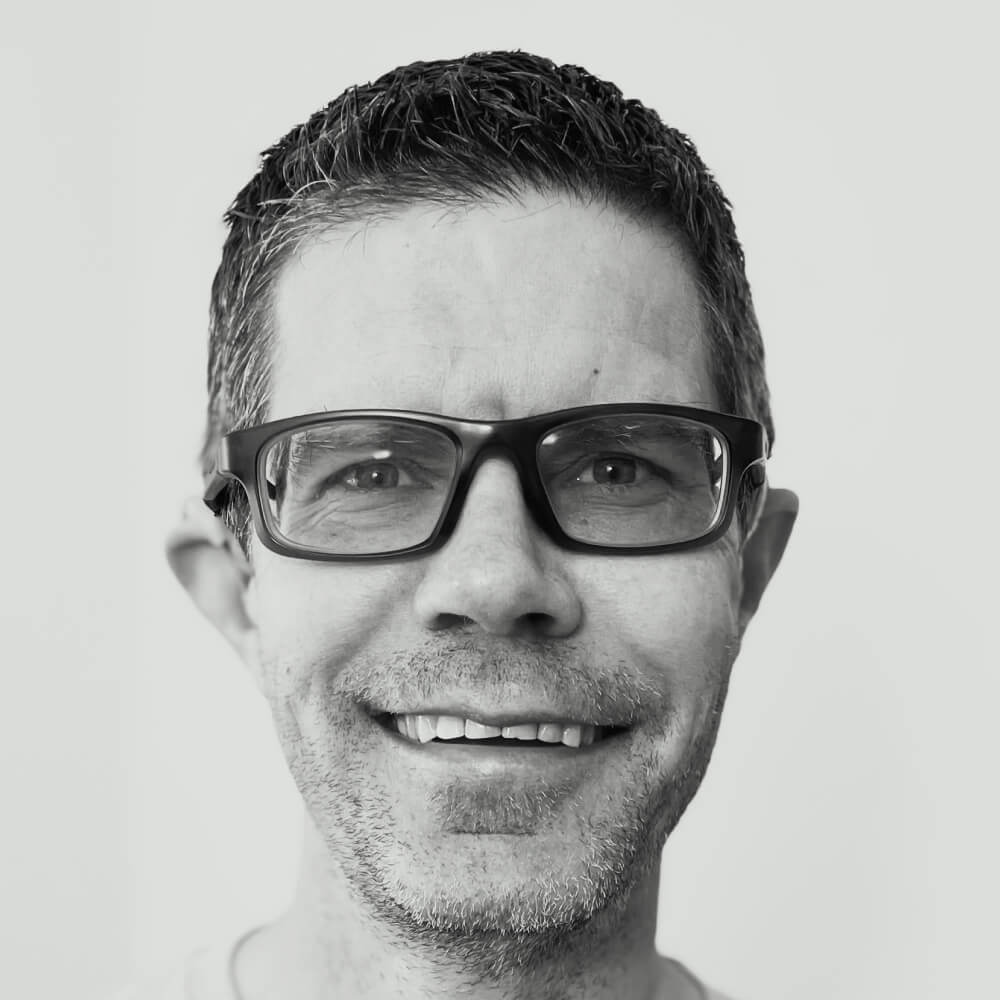OK, got you just a little bit with that health-magazine headline, didn’t we?
Matteo Jorgenson likely needs no introduction to anyone who watched the 2022 Tour de France, where he factored in three long breakaways and finished top-five all three days. It turns out, that was just the appetizer for the 23-year-old American on Movistar.
Jorgenson is one of the revelations of the 2023 season so far, taking his first victories (a stage and the overall at February’s Tour of Oman) and notching a boatload of other top results in races as diverse as Paris-Nice and the E3 Saxo Classic cobbled race, where he finished fourth behind only the “Big Three” of Wout van Aert, Mathieu van der Poel, and Tadej Pogačar.
He can climb, he can race classics. But just last year he was barely hanging onto the Giro d’Italia gruppetto. Turns out it was all part of the plan.
Wrapping up what he called his “best spring ever,” Jorgenson offered some insight to his Twitter followers about how it happened. It’s a must-read thread, but the TL;DR is it’s the product of literally years of work. Step 1: start years ago. Step 2: suffer consistently and trust the process. And Step 3: profit.
“These things don’t happen overnight,” he wrote. “Not even in a year.” Instead, his breakthrough spring was the culmination of years of focusing on consistent effort in training, with long cycles of stress and recovery, and trusting the results would come. (This makes us wonder if Jorgenson is a fan of Brad Stulberg, because everything he says in his thread is straight out of Stulberg’s “The Practice of Groundedness.”)
That highlights a fascinating, vital point: what looks like struggle or underperformance is sometimes just part of the larger plan. Jorgenson noted his “absolutely horrendous” 2021 Giro where, he says, every day was a fight to finish in the grupetto. But even there, you can see signs of improvement: two late-race stages where he spent 70-90 kilometers in breakaways, for instance.
More important, it served the larger purpose of a training load that’s nearly impossible to replicate outside of a Grand Tour, and which for many young riders is an essential building block of their physical development and ability to handle WorldTour-level workloads.

The pattern repeated at last year’s Tour, which he writes was a “giant stimulus that took me until December to recover from.” He’s not done, of course: Jorgenson says he’s spent his entire salary this year on performance support, which might raise a question or two about Movistar, but certainly signals his absolute dedication to his process. As an investment, he’s certainly reaped impressive returns. That salary is sure to go up after this spring.
Jorgenson isn’t slated to race again until summer, when he’s penciled in for a second Tour de France start. With the retirement (at least on the road) of Alejandro Valverde and his own emergence as a versatile all-arounder, it’s safe to say that Jorgenson expects a little more of himself this year than getting in some breakaways.
What did you think of this story?

